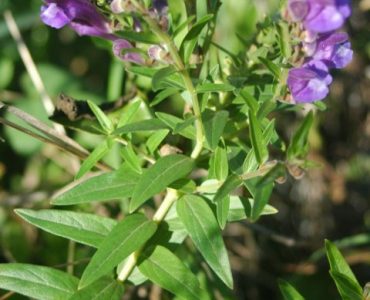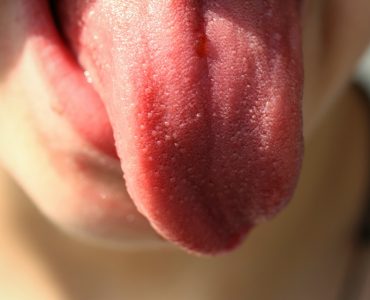(Symphytum officinale)
The leaf and root of comfrey have been employed medicinally for centuries. Originally from Europe and western Asia, it is now also grown in North America.
Comfrey has a long history of use as a topical agent for treating wounds, skin ulcers, thrombophlebitis, bruises, and sprains and strains. Comfrey was used by herbalists to promote more rapid repair of broken bones, hence the common names boneset and knitbone. Topically, comfrey was also used to treat minor skin irritations and inflammation. It has also been used as a wash or topical application for eye irritations and for treating conjunctivitis. Internally, it was used to treat gastro-intestinal problems, such as stomach ulcers, and lung problems.
What it does
Comfrey contains many compounds including allantoin, mucilage and pyrrolizidine alkaloids. It has anti-inflammatory, soothing and potent healing properties.
Potential Uses
| Bruising | Eczema | Dermatitis |
| Osteoarthritis | Sprains | Conjunctivitis |
| Blepharitis | Broken bones | Cough |
I have seen firsthand the many benefits of comfrey, a natural herb that has been used for centuries to heal wounds and reduce inflammation. Comfrey is a member of the borage family and is native to Europe and Asia. It has large, hairy leaves and clusters of purple, blue, or white flowers.
Comfrey contains a number of compounds that have medicinal properties, including allantoin, tannins, and mucilage. Allantoin is a substance that helps to promote the growth of new tissue and skin cells. Tannins have anti-inflammatory and astringent properties, which can help to reduce swelling and bleeding. Mucilage is a substance that forms a protective barrier over wounds and helps to soothe irritated skin.
Comfrey is used in medicine to treat a variety of conditions, including:
- Wounds
- Burns
- Sprains
- Strains
- Arthritis
- Ulcers
- Eczema
- Psoriasis
- Acne
Comfrey is available in a variety of forms, including fresh, dried, and comfrey oil. It can also be found in capsules, tablets, and ointments.
Here are a few helpful recipes for using comfrey at home:
- Comfrey tea: Steep 1 teaspoon of dried comfrey root in a cup of hot water for 10 minutes. Strain the tea and drink it warm. Comfrey tea can be used to treat internal and external conditions, such as digestive problems, skin conditions, and respiratory infections.
- Comfrey compress: Apply a comfrey compress to wounds, burns, sprains, and strains to reduce pain and inflammation. To make a comfrey compress, soak a clean cloth in warm comfrey tea or comfrey oil. Apply the compress to the affected area for 15-20 minutes at a time, several times a day.
- Comfrey ointment: Comfrey ointment can be used to treat skin conditions, such as eczema, psoriasis, and acne. To make comfrey ointment, combine 1 part comfrey root powder with 2 parts olive oil or coconut oil. Warm the mixture over low heat until the oil has melted. Pour the mixture into a clean jar and let it cool completely. Apply the ointment to the affected area 2-3 times a day.
Safety Considerations
Comfrey is generally safe for most people to use when applied topically. However, it is important to note that comfrey contains pyrrolizidine alkaloids (PAs), which can be harmful to the liver if ingested in high doses. Therefore, it is important to avoid consuming comfrey internally.
Comfrey should also be avoided by pregnant and breastfeeding women, as well as people with liver disease.
If you are considering using comfrey, be sure to talk to your doctor first to make sure that it is safe for you.
Conclusion
Comfrey is a natural herb with a wide range of healing properties. It can be used to treat a variety of conditions, including wounds, burns, sprains, strains, arthritis, ulcers, eczema, psoriasis, and acne. Comfrey is available in a variety of forms and can be used in a number of ways at home.
If you are looking for a natural way to heal wounds, reduce inflammation, or improve your skin health, comfrey may be a good option for you. However, be sure to talk to your doctor first to make sure that it is safe for you.
Other information
Recent research has discovered that pyrrolizidine alkaloids may have a negative effect on the liver. It is therefore recommended for external use only. The homoepathic versionof comfrey called symphytum is a safer alternative.
Cautions
Generally, there are no side effects or contra-indications from using comfrey externally.
At the time of writing there were no well known negative drug interactions with comfrey.





